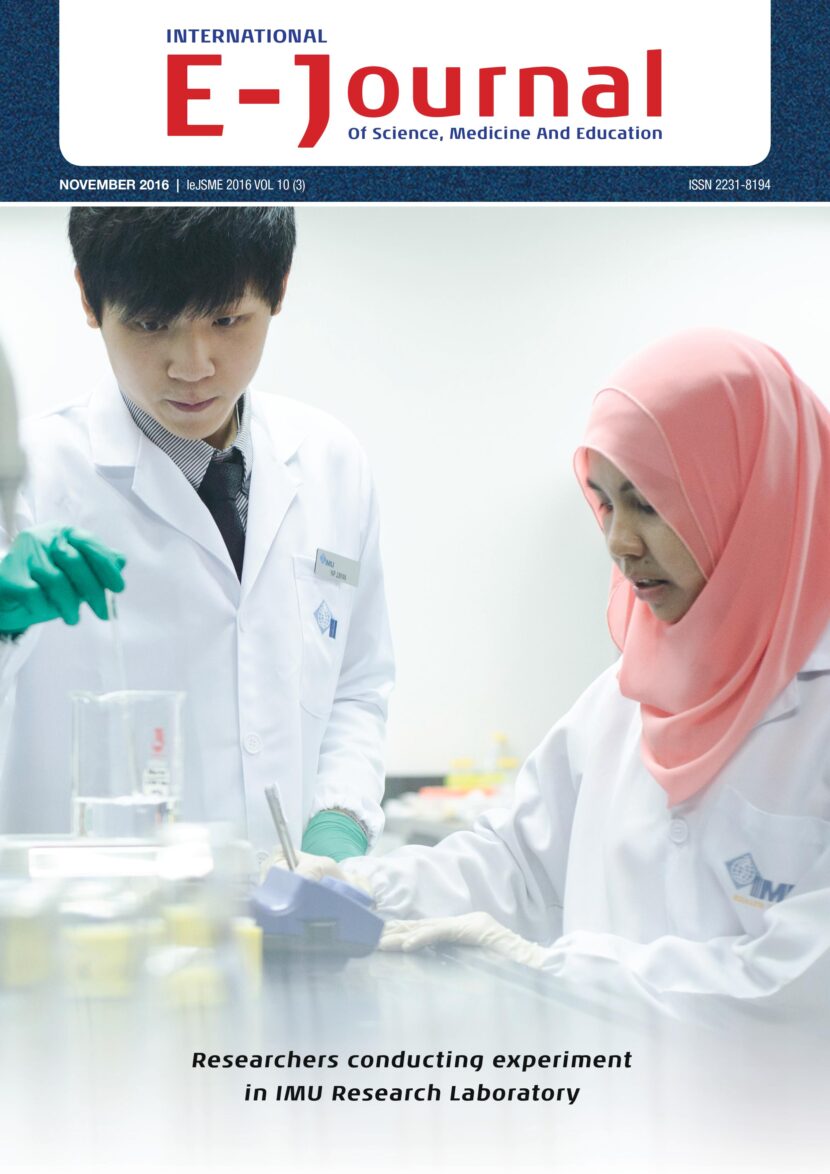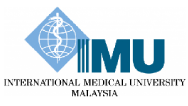Perceptions and evaluation regarding clinical teaching among nursing students in a selected nursing college in Selangor
Authors: Chia Yen Low, QingJun Cheang, Pek Hong Lim.
ABSTRACT
Background: Clinical teaching is an important and essential teaching tool in the clinical area. Clinical teaching and learning is essential for the development and progression of experiential nursing knowledge.
Objectives: This research study aims to identify the perceptions and evaluations regarding clinical teaching among Year 2 and Year 3 nursing students, and also to find out if there are any differences in the perceptions and evaluations of the nursing students in regards to clinical teaching.
Methods: The formula for calculating the sample size was adopted from Morris (2005). The sample size obtained from the calculation with the confidence interval of 95%, was 132 participants. The participants were taken from a universal population of 142 diploma nursing students: 50 Year 2 nursing students and 92 Year 3 nursing students from the International Medical College in Selangor. The research instrument used was the Bedside Teaching Evaluation questionnaire that was adapted with approval by the writer from the University of Witwatersr and Department of Surgery (2008). A pilot study was conducted on 20 participants of Year 1 to Year 3 nursing students from the Assunta College of Nursing, with a Cronbach’s alpha reliability index of 0.89.
Results: The data collected were analysed using descriptive statistics to find out the participant’s perceptions and evaluations regards clinical teaching; and also to compare the perceptions and evaluations between the two groups of nursing students from Years 2 and 3. The study findings showed that 46% (n=142) of the respondents had a good feedback on all the five (5) items under the perceptions of clinical teaching whereas 42% (n=142) of the respondents had a moderate view on all the five (5) items in the perceptions of clinical teaching sessions. With regards to the evaluation of clinical teaching sessions, 50% of the respondents had a moderate feedback on all the three (3) items in this section.
Conclusion: Most of the participants perceived and evaluated the clinical teaching as an important teaching-learning strategy in enhancing clinical learning.
Keywords: Perceptions, Evaluation, Nursing student, Clinical teaching, Nurses.
Citation: IeJSME 2016 10(2): 21-29


